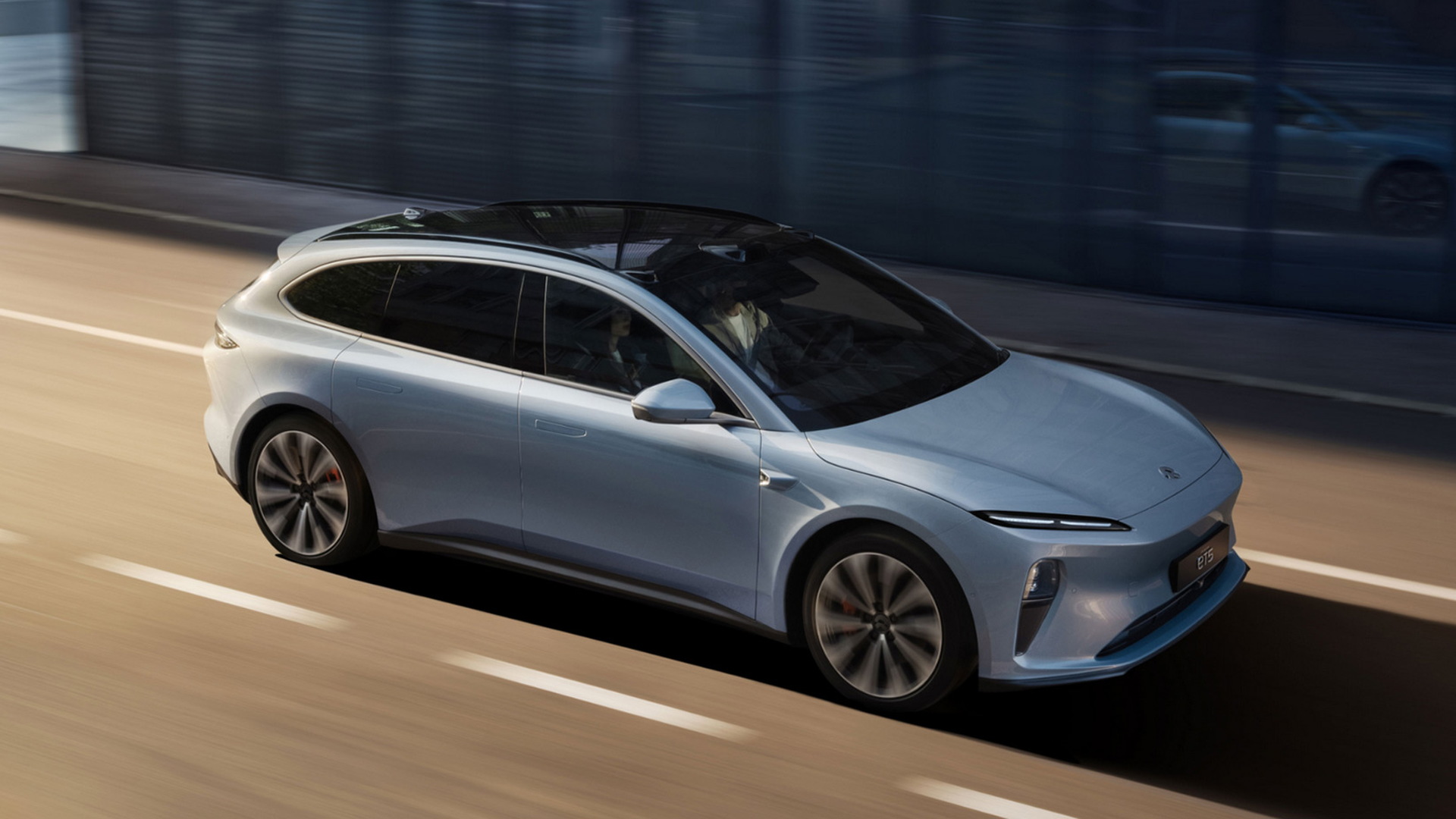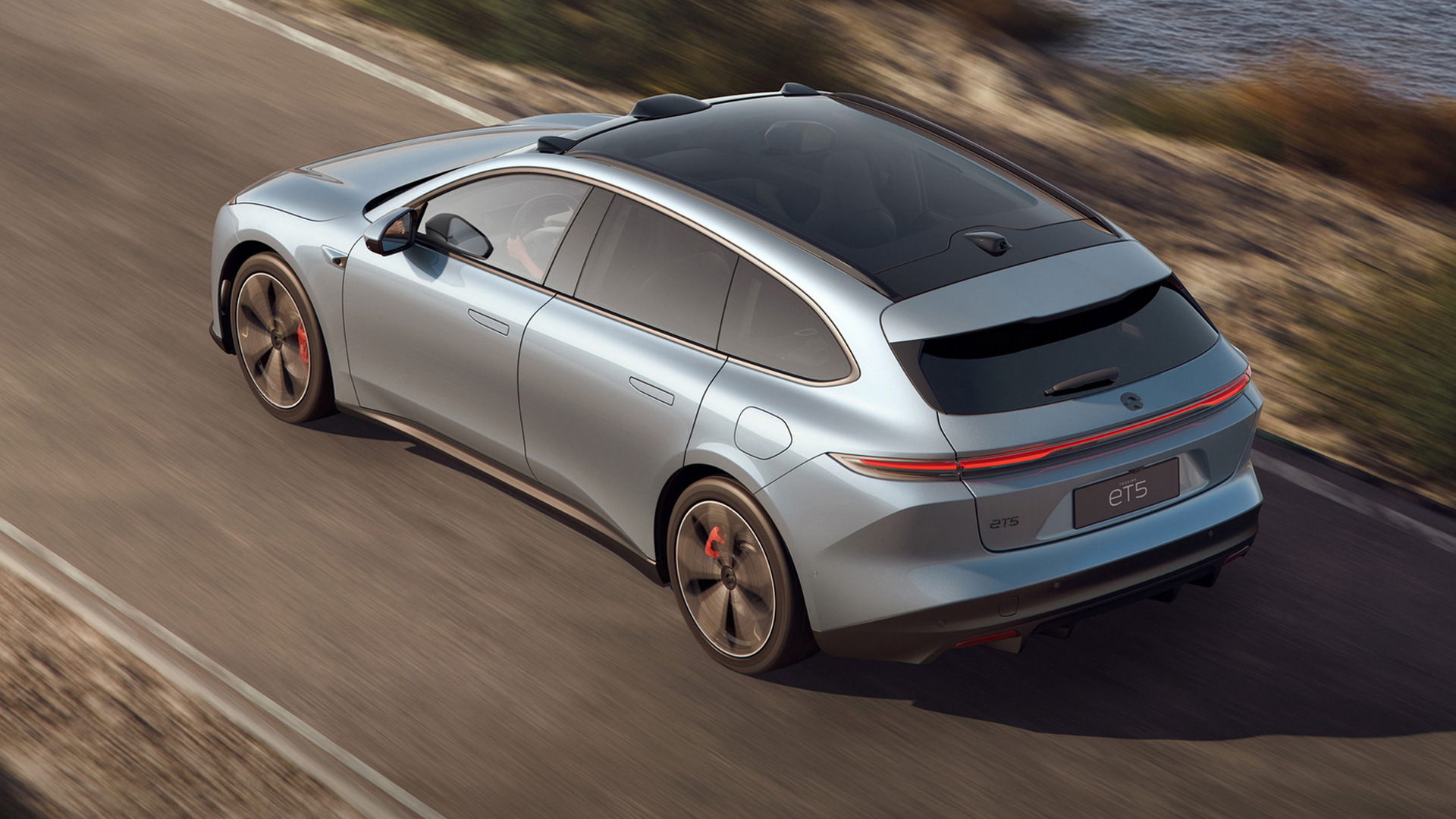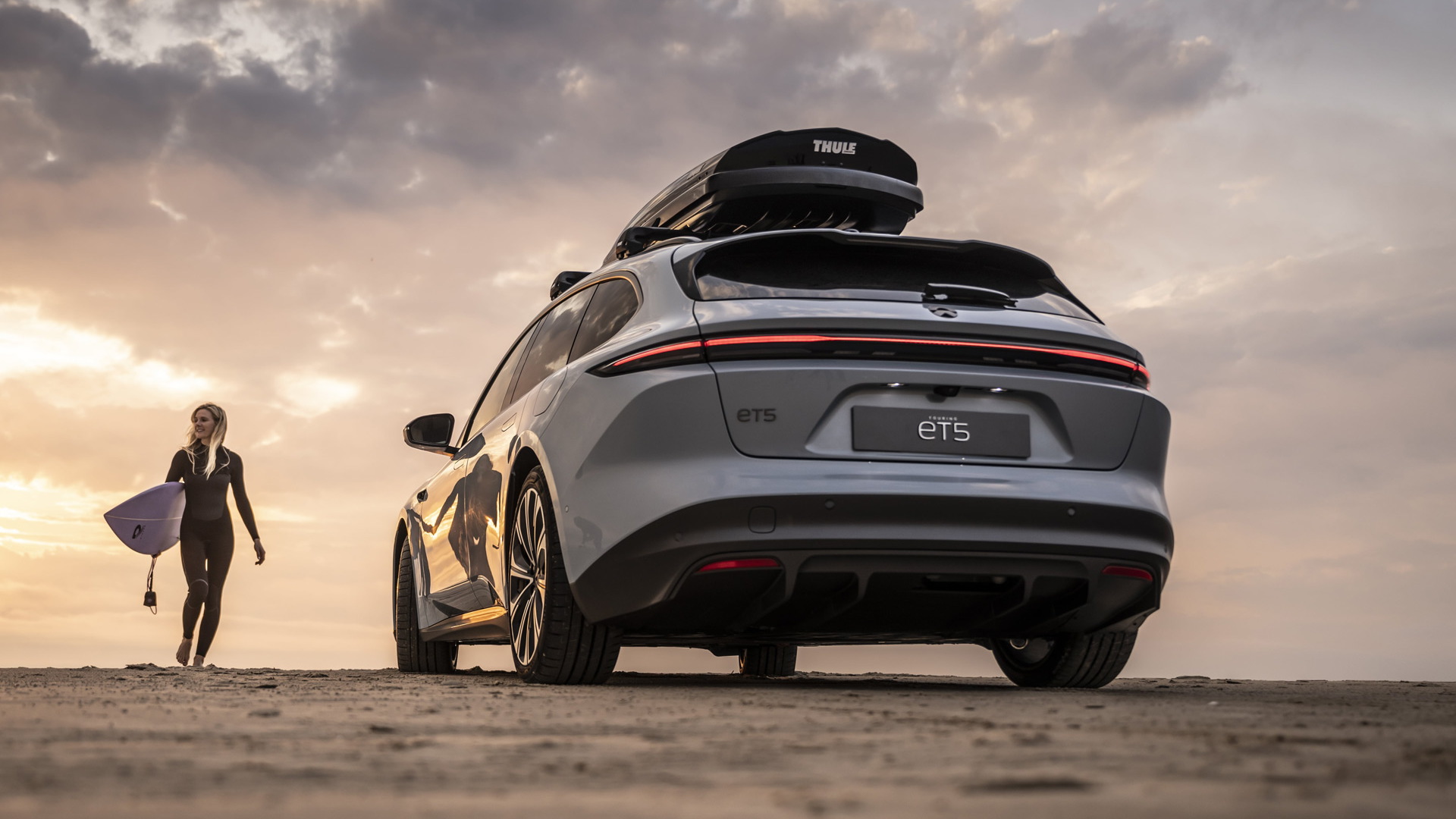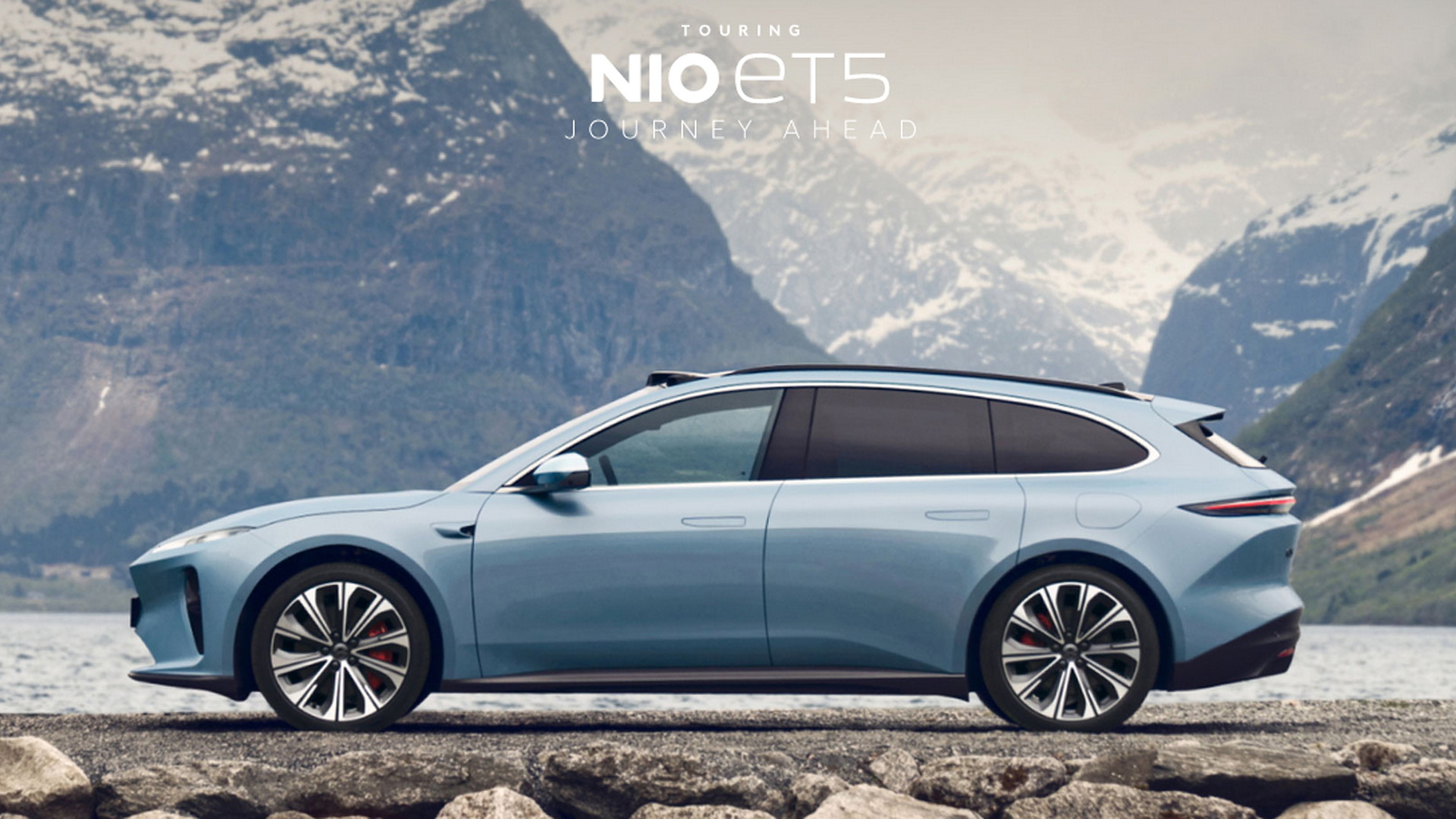Nio on Thursday took the covers off its first wagon, a body style popular in Europe, where the electric vehicle maker is currently expanding.
The new ET5 Touring is based on Nio's ET5 compact sedan unveiled in 2021, and starts deliveries in Nio's home market of China later this month. Deliveries in Europe are scheduled to follow late this year. Although Nio has promised to launch vehicles in the U.S., the automaker, which is often billed as China's Tesla, hasn't confirmed an arrival date in this market.
In China, the ET5 Touring will initially be offered with the choice of 75- or 100-kwh batteries, priced from 298,000 renminbi (approximately $41,835) and 356,000 renminbi ($49,975) respectively. Buyers can also choose to purchase the vehicle without a battery, in which case they will need to sign up for a battery subscription plan. The price of the ET5 Touring without the battery drops to 228,000 renminbi (approximately $32,000).
The estimated range with the biggest battery is 347 miles, though as measured on the WLTP cycle which isn't as strict as the EPA cycle. Like Nio's other models, the ET5 Touring is capable of having its battery swapped within minutes at one of Nio's dedicated battery swap facilities.
The sole powertrain is a dual-motor all-wheel-drive setup generating a peak 482 hp, or enough for 0-60 mph acceleration in about 4.0 seconds.
The ET5 Touring measures 188 inches long and comes with a panoramic glass roof that almost spans the length of the cabin. Thanks to rear folding seats, maximum storage measures a generous 45.9 cubic feet. That's more space than in the other electric wagon on the market, Porsche's Taycan Sport Turismo, which has 42.8 cubic feet.
The interior design is similar to what you find in the Tesla Model 3, with the dash largely devoid of controls as most functions are controlled by a 12.8-inch screen where the traditional center stack is found. A second screen forms a digital instrument cluster.
A suite of sensors, known as the Watchtower and incorporating lidar, is mounted to the roof. These work with additional sensors to provide information for 23 electronic driver-assist features fitted as standard to the vehicle, with more planned to be regularly added via over-the-air updates, Nio said.






